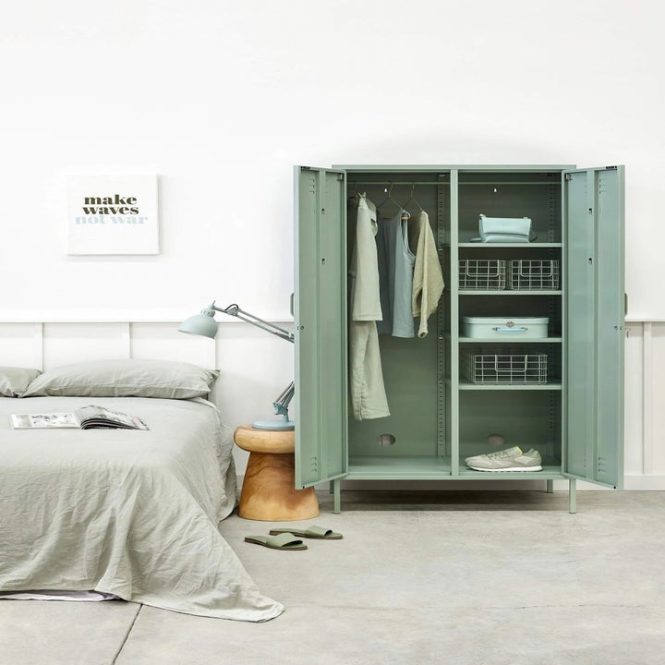

Dealing with cluttered spaces can be a daunting task, but it doesn’t have to be overwhelming. A cluttered environment can significantly impact our well-being and productivity. This comprehensive guide will explore effective strategies to help you tackle clutter, from identifying the root causes to implementing practical solutions. We’ll cover everything from decluttering techniques to smart storage solutions, empowering you to create organized and peaceful living spaces. This article is structured into sections covering defining clutter, identifying the root causes, and implementing practical solutions, as well as helpful tips and actionable strategies for long-term maintenance.
Understanding Clutter and Its Impact
Defining Clutter
Clutter is more than just a visual nuisance; it can manifest as a physical and mental burden. It encompasses anything that is out of place, disorganized, and takes up unnecessary space, causing a sense of overwhelm and stress. Identifying items that no longer serve a purpose is a crucial first step in decluttering. Consider the items in your space and how they affect your daily routine and emotional state.
Identifying the Root Causes
Clutter isn’t simply the result of hoarding; it’s often a symptom of deeper issues. These might include procrastination, a lack of time management skills, emotional attachment to possessions, or simply a lack of designated storage solutions. Analyzing these potential underlying causes is crucial for developing long-term solutions to decluttering. Sometimes, even a small space can feel overwhelming if not properly organized. Start with a deep dive into your belongings and ask yourself if each one is serving a purpose in your life.
Prioritizing Your Decluttering Efforts
The Importance of Prioritization
Prioritizing items during decluttering is vital for efficiency and preventing overwhelm. A well-planned strategy ensures you tackle the most pressing items first. Consider the usage frequency and sentimental value of items to prioritize accordingly. Ask yourself: how often do I use this item? Does it bring me joy? If not, it may be time to let go. Consider using a decluttering checklist for a methodical approach.
Categorization and Organization
Categorizing your belongings into groups or areas (e.g., clothes, documents, electronics) provides a clearer picture of what you need to manage. Once sorted, you can determine which items need to be kept, donated, or discarded. Don’t be afraid to get rid of items that are no longer serving a purpose, either by donating or selling them.
Decluttering Strategies for Lasting Results
The KonMari Method
The KonMari method emphasizes focusing on items that “spark joy.” This method encourages a thorough review of possessions and emphasizes letting go of items that no longer bring you happiness or fulfillment. This method is highly effective if you’re looking to adopt minimalism.
The 5S Method
The 5S method prioritizes organization and efficiency using a visual approach. This includes sorting, setting in order, standardizing, sustaining, and supporting. Each step guides you through the decluttering process, ensuring every item has a specific place and maximizing efficiency and visual appeal.
Implementing Practical Storage Solutions
Storage Solutions for Different Areas
Creating efficient storage solutions tailored to different areas of your home or office is essential. Consider using various storage solutions like drawers, shelves, and cabinets. Utilize vertical space for maximizing storage capacity without sacrificing floor space. Look into different storage solutions like baskets, bins, or containers for extra organization and aesthetic appeal.
Creative Storage Ideas
Maximizing space isn’t just about storing items effectively; it’s also about maximizing the visual appeal of your living space. Try repurposing old items into storage solutions or exploring creative storage solutions to suit your personal style and needs. Consider wall-mounted shelves for added storage and an organized look.
Maintaining a Clutter-Free Environment
Regular Decluttering Habits
Regular decluttering sessions will help maintain the desired organization, and the ability to maintain an organized space. Make it a weekly or monthly ritual rather than a daunting task. Incorporating decluttering into your routine will make it a sustainable practice in your daily schedule
Creating Designated Spaces for Items
Creating designated areas for specific items will help maintain organization and keep your belongings from accumulating in inconvenient locations. Using these designated spaces will help prevent items from piling up.
Frequently Asked Questions
Q: How often should I declutter?
A: Ideally, decluttering should be a recurring part of your routine, whether weekly, bi-weekly, or monthly, depending on the amount of items you accumulate. Don’t let it become an overwhelming task. Consistency is key for long-term success. Regular decluttering sessions prevent small amounts of clutter from accumulating into larger, more overwhelming problems.
Q: What are some tips for dealing with sentimental clutter?
A: Dealing with sentimental clutter can be particularly challenging, as these items hold emotional weight. Instead of trying to discard everything, consider creating designated spaces for these items or exploring alternative ways to honor them. Taking photos of your favorite items and storing them digitally can help reduce the physical clutter without losing the connection to these memories. The goal is to find a balance that works for you and allows you to maintain a sense of order and reduce emotional baggage from these items.
In conclusion, decluttering your spaces isn’t just about tidying up; it’s about reclaiming your time, reducing stress, and enhancing your well-being. By implementing the strategies discussed, you can transform cluttered spaces into organized havens that promote peace and productivity. Remember to prioritize, declutter regularly, and invest in practical storage solutions. Ready to conquer your clutter? Visit our website for more tips and resources on decluttering your home or office.